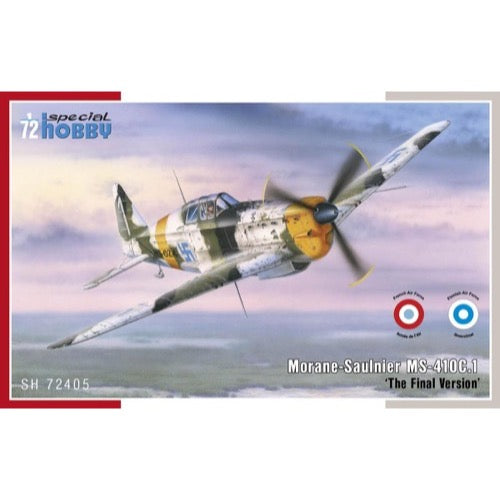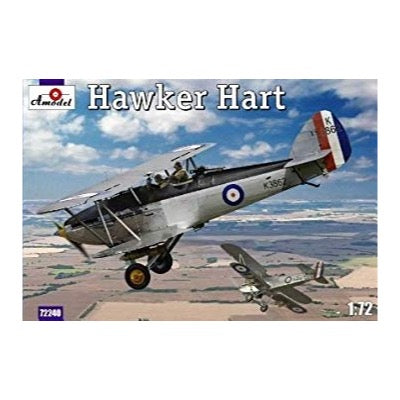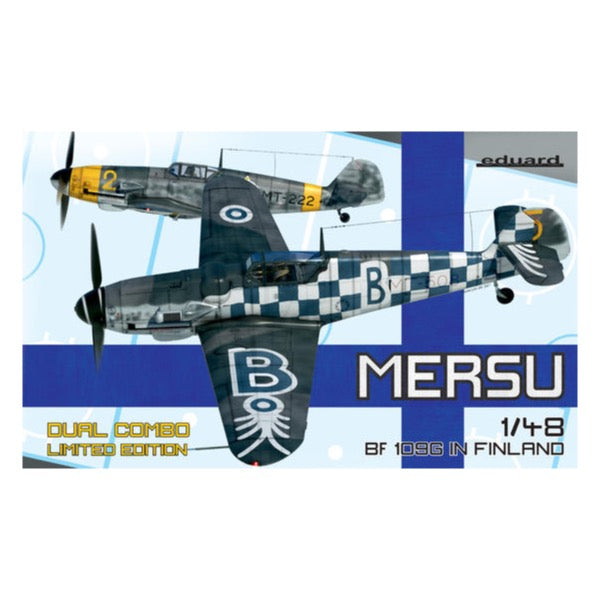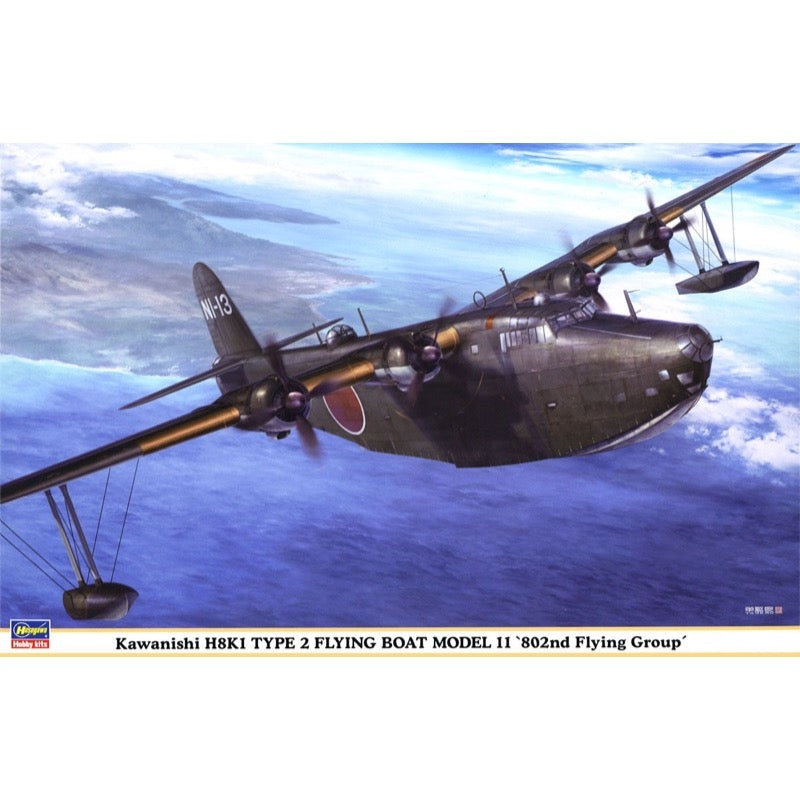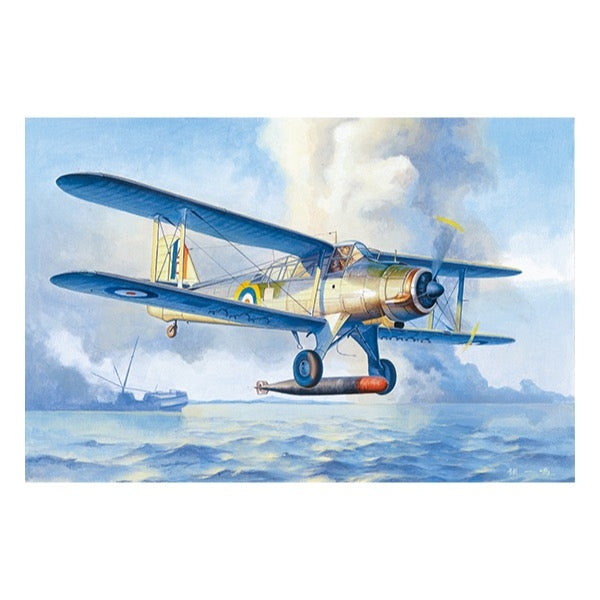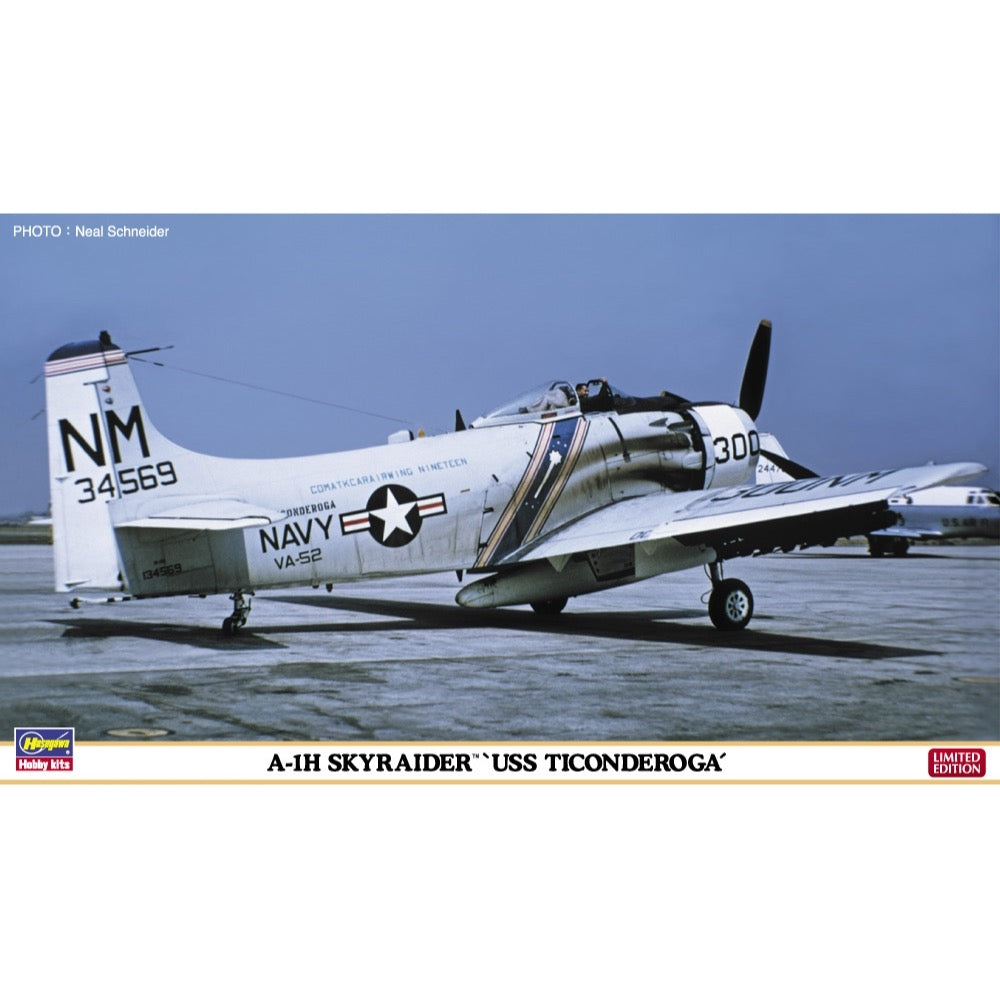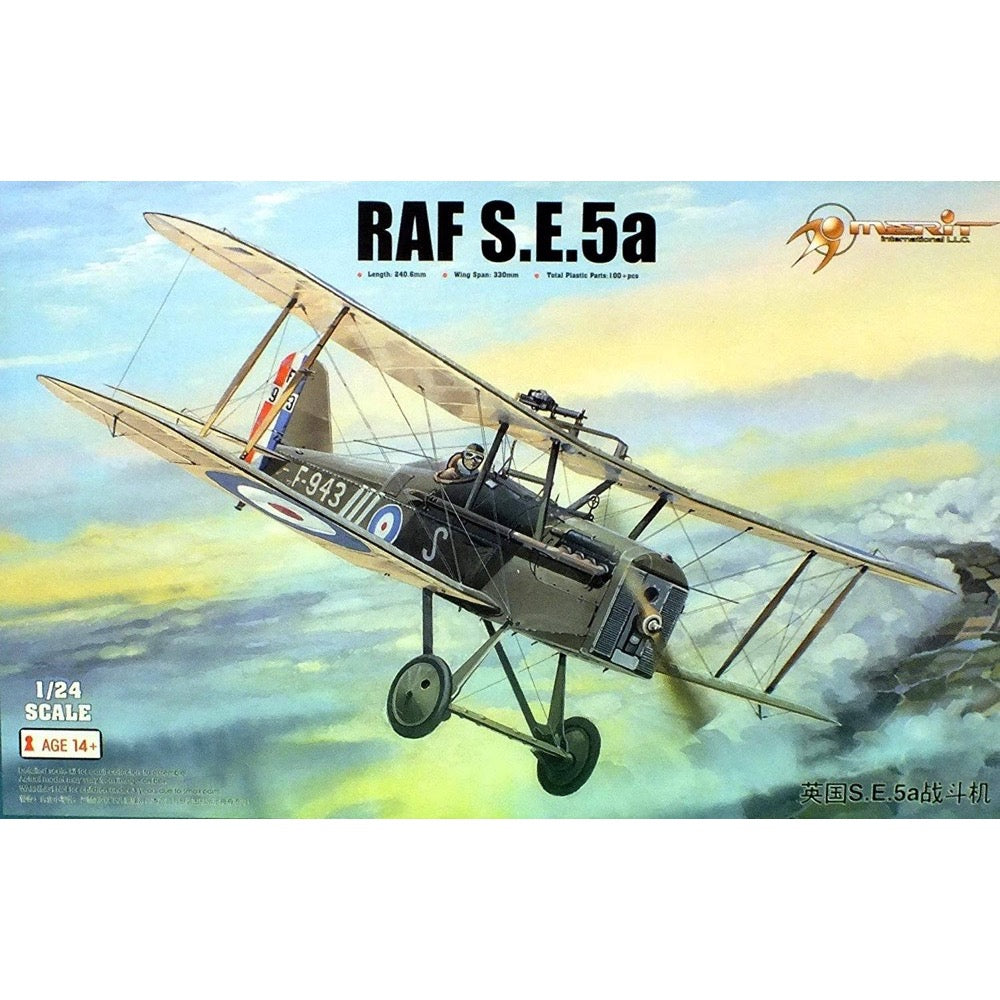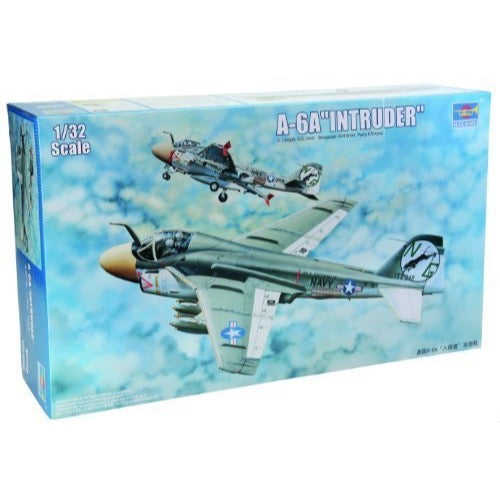
Trumpeter 02249 1/32 Grumman A-6A Intruder
96.00
$
<p>The Grumman A-6 Intruder was designed as the replacement of the A-1 Skyraider.It's the first all-weather attack aircraft of the US Navy.The aircraft were called as the A2F before 1962 and got the new name,the A-6 Intruder,in service.The outstanding all-weather capability soon made the A-6 the main strike force of the Navy and Marines,and devoted into the Vietnam War.<br>The A-6A were equipped with the DIANE system,which the most advanced navigation / targeting system at that time.But the problems of the reliability were solved after few years.There are 480 A-6As were built and 47of them were upgrade to other type.</p>
<h3>Features</h3>
<ul>
<li>Left and right fuselage moulded w/ authentic details Engine</li>
<li>Finely detailed engine. Interior</li>
<li>Finely detailed gear cabin</li>
<li>Finely detailed cockpit Wings</li>
<li>Newly tooled wings accurately represent real ones</li>
<li>Optional position flaps</li>
<li>plenty of external loads</li>
<li>wings can be folded</li>
<li>Photo-etched parts for safety belt,interior details"</li>
</ul>
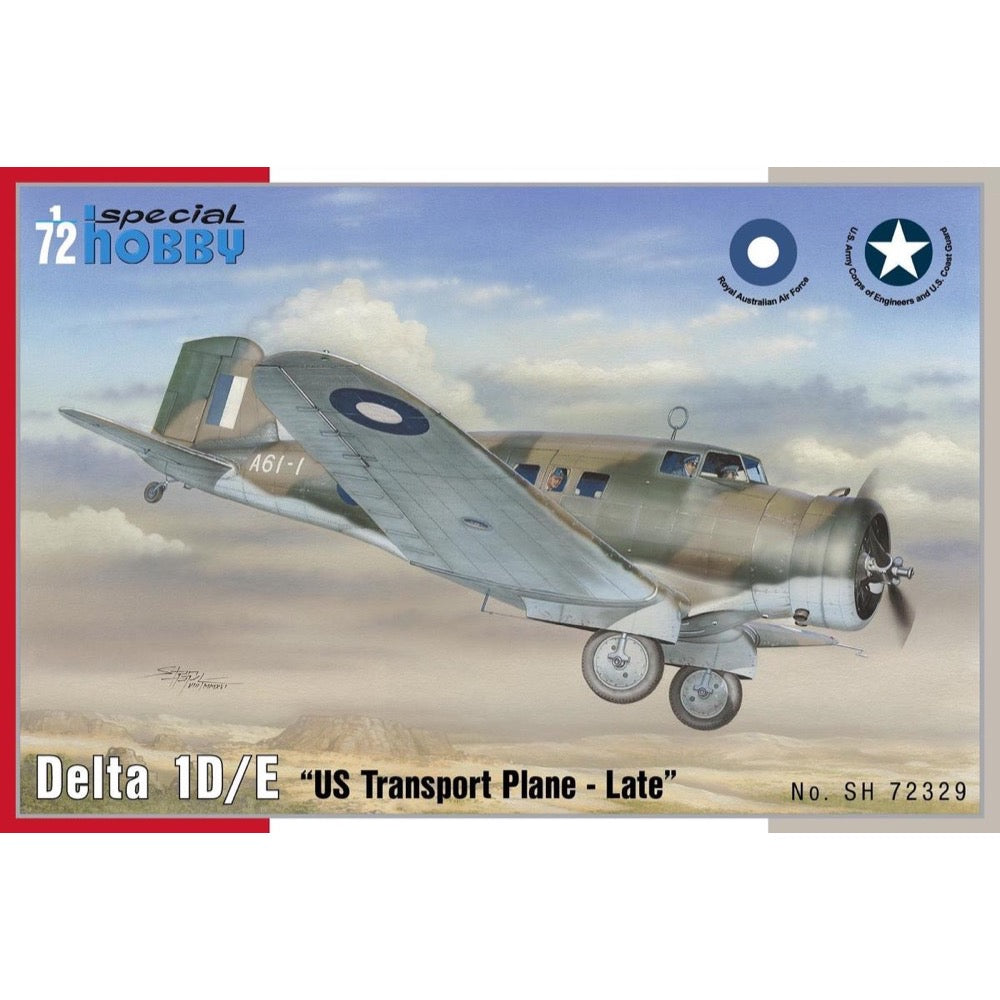
Special Hobby 72329 1/72 Delta 1D/E US Transport Plane
17.00
$
<h3>Delta 1D/E US Transport plane 1/72</h3>
<p>In 1932 Jack K.Northrop, a famous american aircraft designer, followed his earlier and successful cargo and mail types the Alfa and Gamma and designed a new one, named the Delta. It was a all-metal, single engined low-wing monoplane with fixed undercarriage covered in spats. The type was intended to be used on short domestic routes and was built in several versions, differing by their powerplant and also the shape of the pilot’s cockpit canopy. First versions known as the Delta 1A, 1B and 1C featured narrow canopy housing only one pilot. Following versions, the 1D and 1E already had a wider cockpit enabling a crew of two to sit there and they also had a much massive dorsal section of the fuselage. Unfortunatelly, one of the first Delta 1A machines crashed in Mexicowhile being delivered to the customer. This accident was also one of the reasons for the US government to ban the usage of single engined types for regular passenger transport. Aircraft already produced were bought by private subjects or used by companies for business trip purposes. One of the Delta 1Ds, with construction number 74, was used by the US Coast Guard and later it was handed over to the US Corps of Engineers and flown in Ethiopia (Africa) during the Second World War. Delta 1D c/n42 first saw service with Ellsworth’s Antarctica Flight, then was bought by the Australian govenrment and following the outbreak of WW2 it was transferred to the RAAF. Some other Deltas were lucky to see war service even earlier as three of them were acquired by the Spanish government, though two of them fell into the hands of Spanish Nationalist Forces making the Delta the type to fight or be used on both sides of the conflict. In 1936, Canada bought licence rights, partially compensating for Northrop’s business failure with the type. The Canadian machines were produced by Vickers company in versions Mk.I to Mk.III</p>
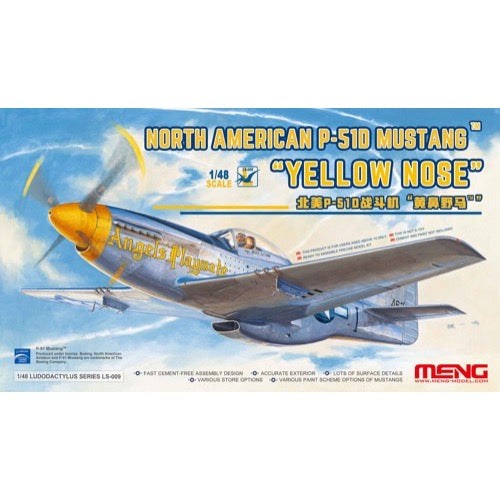
Meng LS-009 1/48 North American P-51D Mustang Yellow Nose
23.00
$
P-51D/ K were the most important variants of the Mustang family. The only difference between P-51D and P-51K was the difffifferent propellers. The use of bubble canopy gave them the best visibility among all Mustang variants. The six 12.7mm machine guns could easily tear apart the fragile Axis fighters. In 1944, Mustangs were also fitted with the amazing K-14 gyro computing gunsights . Pilots only needed to preset the gunsight and entangle the target in the sighting ring. The calculation of lead compensation would be given by the analog computer. That was far more advanced than the iron gunsights used on Axis aircrafts. P-51D/ K were also the most produced Mustang variants . More than 9,000 were made. In late WWII, the U.S. military equipped with Mustangs gained air superiority. Their aircraft paintings changed from the previous flat camouflages to natural metal color accompanied by highly saturated recognition colors.<br><br><strong>Features:</strong><br>
<ul>
<li>Two paint schemes with yellow recognition color.</li>
<li>The box art features the aircraft of Bruce·W·Carr who’s a P-51D ace with 25 victories.</li>
<li>Features like fast cement-free assembly design</li>
<li>Accurate exterior</li>
<li>Surface details and various store options.</li>
</ul>
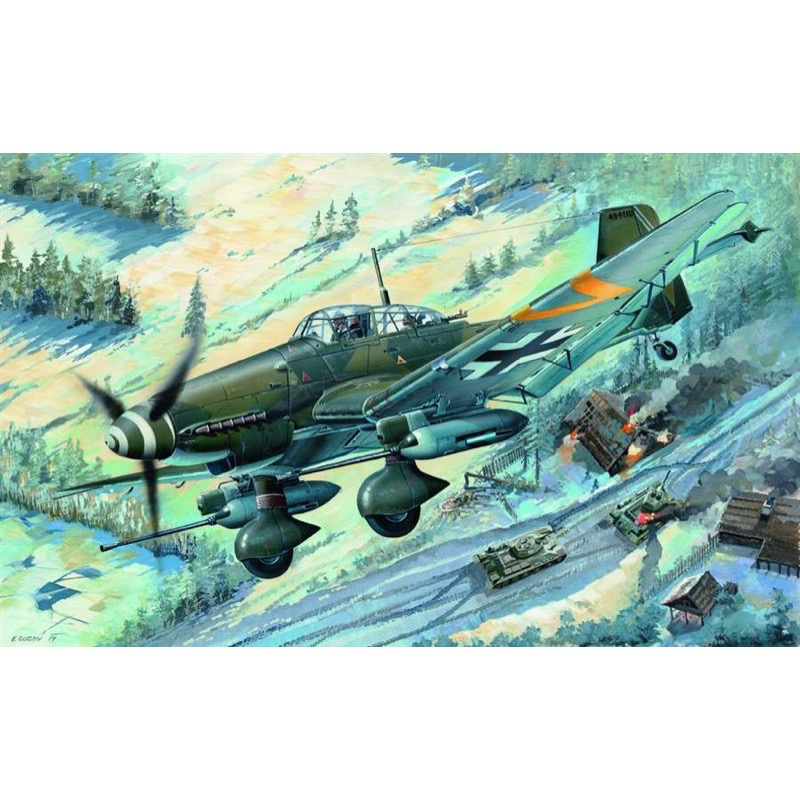
Trumpeter 03218 1/32 Junkers Ju-87G-2 Stuka
40.00
$
<h3>The Ju 87 Stuka dive bomber is one of the most famous bombers during the WWII.</h3>
<p>It has been the main force in the ground support of the Air Force since the start of the Blitzkrieg.</p>
<p>The Ju 87G is the anti tank version of the Stuka family. They were armed with two 37-mm cannon which were very effective against Russian armour. The Ju 87G-2 were transformed from several Ju 87D-5s.</p>
<h3>Features</h3>
<ul>
<li>
<p>Detailed fuselage & wing w/accurate design</p>
</li>
<li>
<p>Highly detailed Engines</p>
</li>
<li>
<p>Finely detailed cockpit, gear cabin</p>
</li>
<li>
<p>Grooved rubber tires</p>
</li>
<li>
<p>PE parts included</p>
</li>
</ul>
<h3>Specifications</h3>
<ul>
<li>
<p>Model Brief: Length: 505mm Wingspan: 368.5mm</p>
</li>
<li>
<p>Total Parts: 340+</p>
</li>
<li>
<p>Photo Etched Parts: 1 pc</p>
</li>
<li>
<p>Total Sprues: 16 sprues and tires</p>
</li>
</ul>
<p> </p>
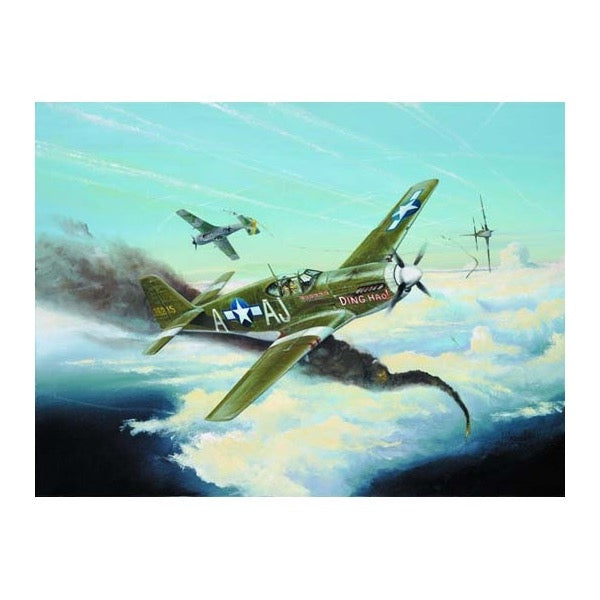
Trumpeter 02274 1/32 P-51B Mustang
37.00
$
<p>The P-51 was designed in 1940 at Britain's request,The prototype was constructed within a 120-day limit. It was the Royal Air Force that bestowed the nickname "Mustang" on the type. In December 1943, P-51Bs first entered combat with the 354th Fighter Group of the 9th Air Force in England. The bulk of the P-51B/C in combat status were assigned to the 8th and 9th Air Forces in England With a lesser number doing combat chores with the 12th and 15th U.S.A.A.F′s in Italy and surrounding areas. The P-51B/C was the prime variant from December 1943 until March 1944 at which time the P-51D began to appear in quantity with the 8th A.F. However, the P-51B/C remained predominant until the middle of 1944 and remained in combat till the end of the conflict. Of the 1,357,000 combat hours flown by the P-51′s in all theatres of war. . and approximately 400,000 of that quantity by the ever present B′s and C′s. </p>


